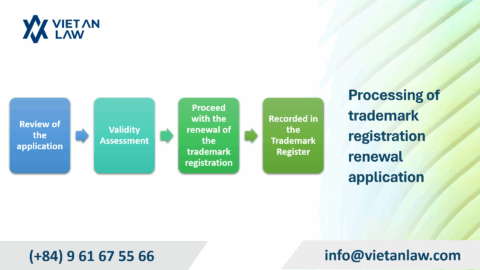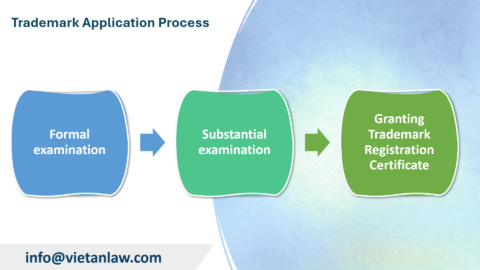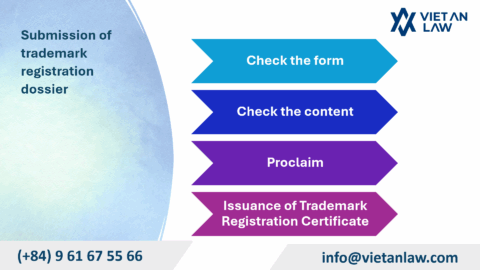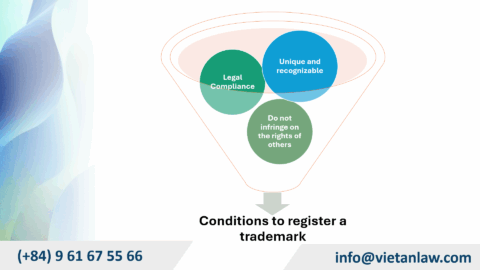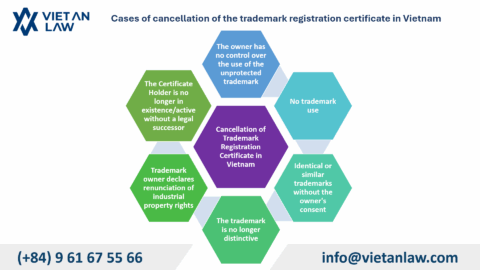With a large market, trademark registration in China of billions of people is even more important. Therefore, registering a trademark in China is necessary for businesses to stand firm in this populous market, helping to distinguish their goods and services from those of other entities. Prevent acts of counterfeiting and counterfeiting that affect the reputation and quality of businesses in the Chinese market. In addition, trademark protection in the Chinese market also brings additional income for businesses when transferring trademark use rights. In the following article, Viet An Law will provide an overview of the way to register a trademark in China according to current law.
With a large market like China, trademark registration in this country of billions of people is even more important. Evidence of the urgency of trademark registration in China is the leading number of trademark infringements in this country compared to other countries in the world. Therefore, if you want to develop business, trade, and export goods in China, traders need to register trademarks in China to avoid disputes related to trademarks in this market.
For protection in China, a registered trademark needs to meet the following conditions:
Trademark registration in China can be done through two ways: filing an application directly with the National Intellectual Property Administration of China or assigning trademark protection in China through the Madrid System.
Similar to Vietnam in the case of direct protection registration in China, the mandatory filing is done through an established Intellectual Property Representative unit providing trademark registration services. according to the provisions of Chinese law. Accordingly, if the application owner only needs to register trademark protection in China, he should choose to register directly in China, which can help the application owner save time and money compared to registering. through the Madrid system.
The Madrid System is an international system of trademarks and is governed by the World Intellectual Property Organization (WIPO). According to the operating principles of this system, the International Office will only be responsible for checking the formality of the application. The authority to review the content of the registration application (check its compatibility with national legal regulations on trademark registration) and grant a Protection Certificate still belongs to the Intellectual Property agency of China. Thus, in case the applicant wishes to register trademark protection in many countries, the Madrid system will be a cost-effective system and unified procedure.
When registering a trademark in China, the applicant must provide the following necessary documents:
Note: Language used for trademark registration documents:
The trademark registration process in China is specifically as follows:
Note: In-depth search results are for reference only and are not a basis for granting or not granting a certification at the time of searching.
Foreign applicants who do not have residence or business location in China can choose one of the following two forms:
Since 2019, the formal examination time has been shortened by half compared to before. Accordingly, within 01 month from the date of filing the application, the Chinese trademark registration agency will issue a Notice of Formality Examination (this Notice is the Notice of Acceptance of a valid application, if the trademark registration dossier is there are no formal errors);
The application will be published in the CNIPA Trademark Gazette in Chinese (https://cas.sbj.cnipa.gov.cn/) or published in the WIPO weekly gazette if submitted through the Madrid system.
However, the timing of publication of the official gazette may vary between forms of application. For applications through Madrid, the application will be published before proceeding with the substantial examination. For applications filed under the national system, the application will not be published until preliminary approval as not infringing on the absolute and relative grounds of preliminary trademark examination. This time will be significantly longer.
Third-party objections are filed within 3 months from the date the application is published in the CNIPA official gazette or 3 months from the first day of the month immediately following the month of publication by WIPO. Based on the objection and related responses, within 12-18 months, CNIPA will make a decision to approve, partially reject or reject the trademark application in its entirety.
If no objections are filed within the above deadline, or objections are repealed, CNIPA will formally approve the application and issue a Trademark Registration Certificate (electronic version).
Note:
Thus, according to the newly enacted law, the average time for processing a trademark application in China is about 11 months (not including time for amendment procedures and responding to objections arising during the processing application). This time is considered quite fast compared to many countries, meeting the need for large trademark registration in this country.
In addition to the representative service fees regulated differently by each organization, China also sets state fees as follows:
In addition, the applicant will have to pay additional fees for responding to objections from third parties, trademark searches, using intellectual property representation services, and notarizing certified documents as required, translation, express delivery of documents and other services related to records.
Regarding time limit, trademarks registered in China have a term of protection of 10 consecutive years from the time of filing. Registration renewal documents must be submitted within 6 months before the expiration date of protection. The above period can be extended for another 6 months with an additional fee due to late renewal. If not done within this extension period, the trademark will be invalidated.
In terms of space, the protection of trademarks registered at CNIPA only arises throughout the territory of mainland China, excluding the territories of Hong Kong, Macau and Taiwan.
Similar to Vietnam, in China, the granting of trademark protection certificates is based on the first-to-file principle, meaning “first come, first granted” so apply for trademark registration as soon as possible. with the China Intellectual Property Authority (CNIPA) is the most important thing and is the legal basis for the issuance of a Trademark Registration Certificate.
Clients can refer to Viet An Law Firm’s services on trademark registration in some countries as follows:
If you need to register a trademark in China and other countries, please contact Viet An Law for the most effective support.
